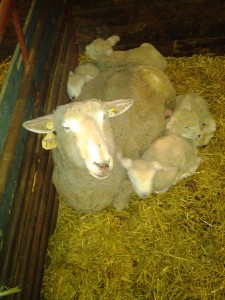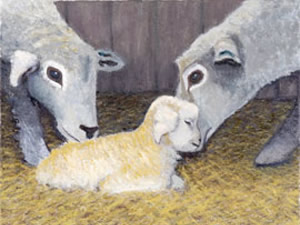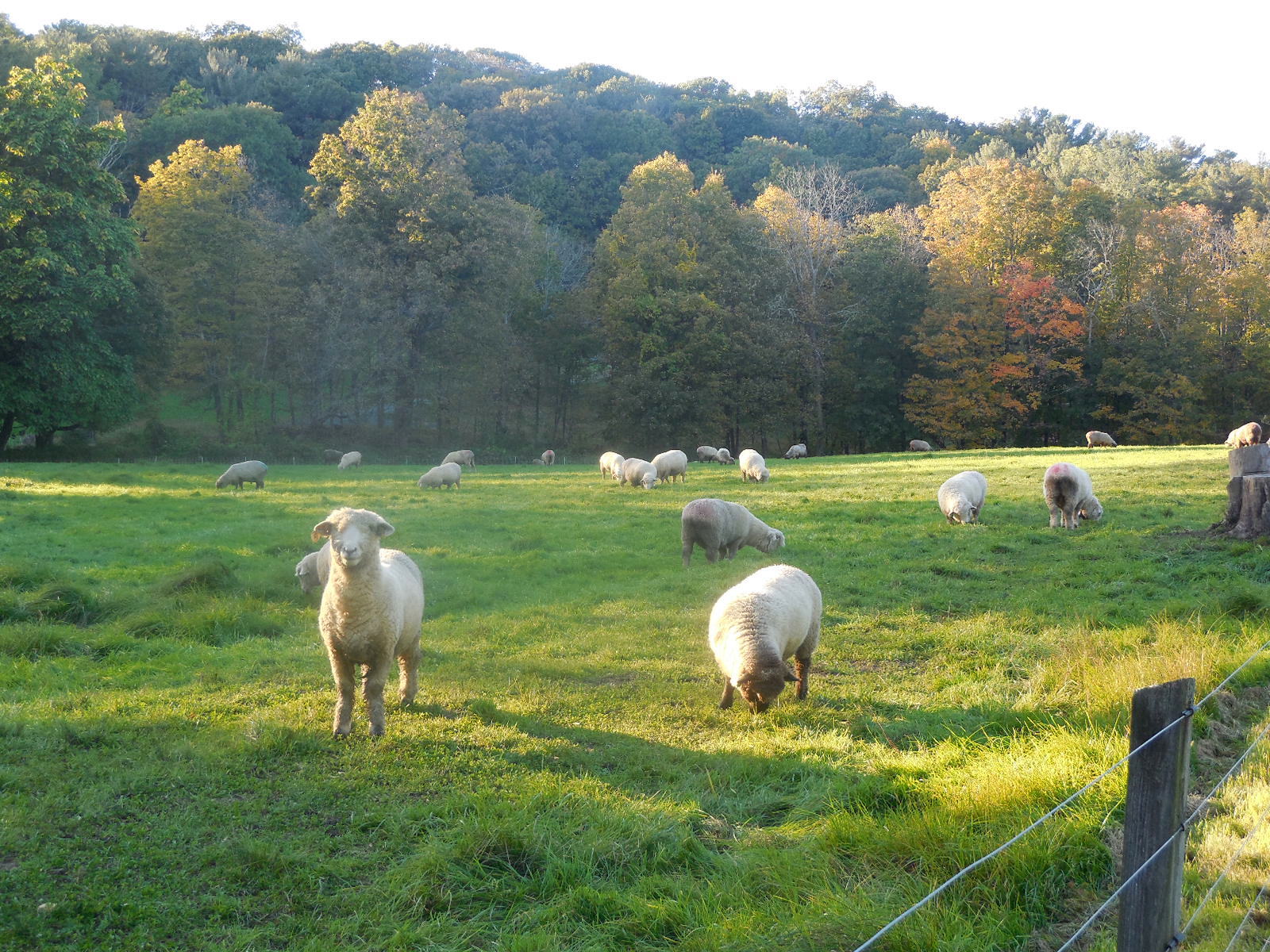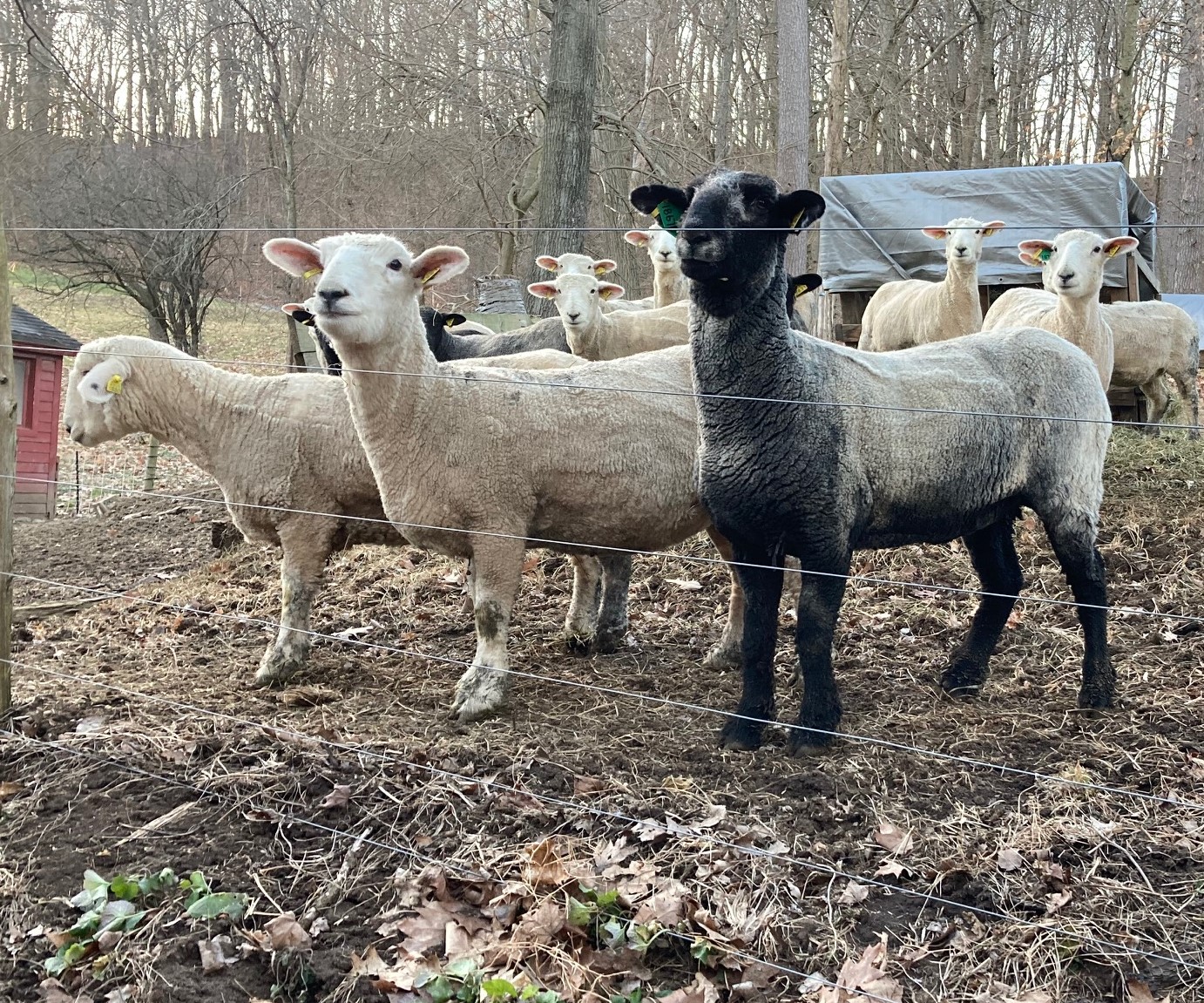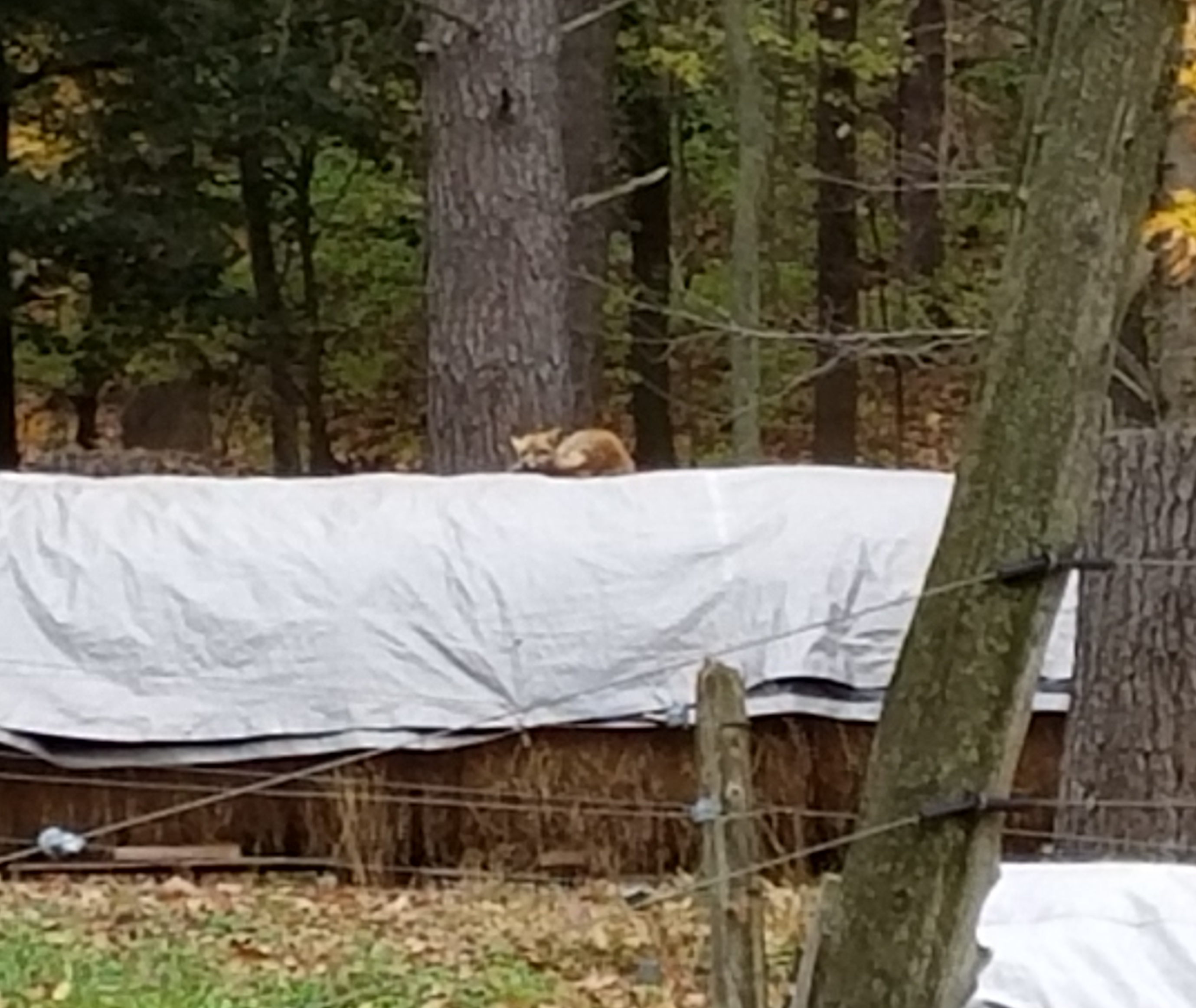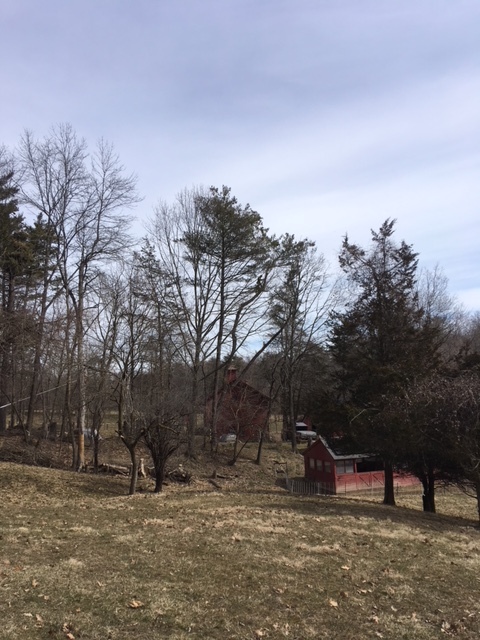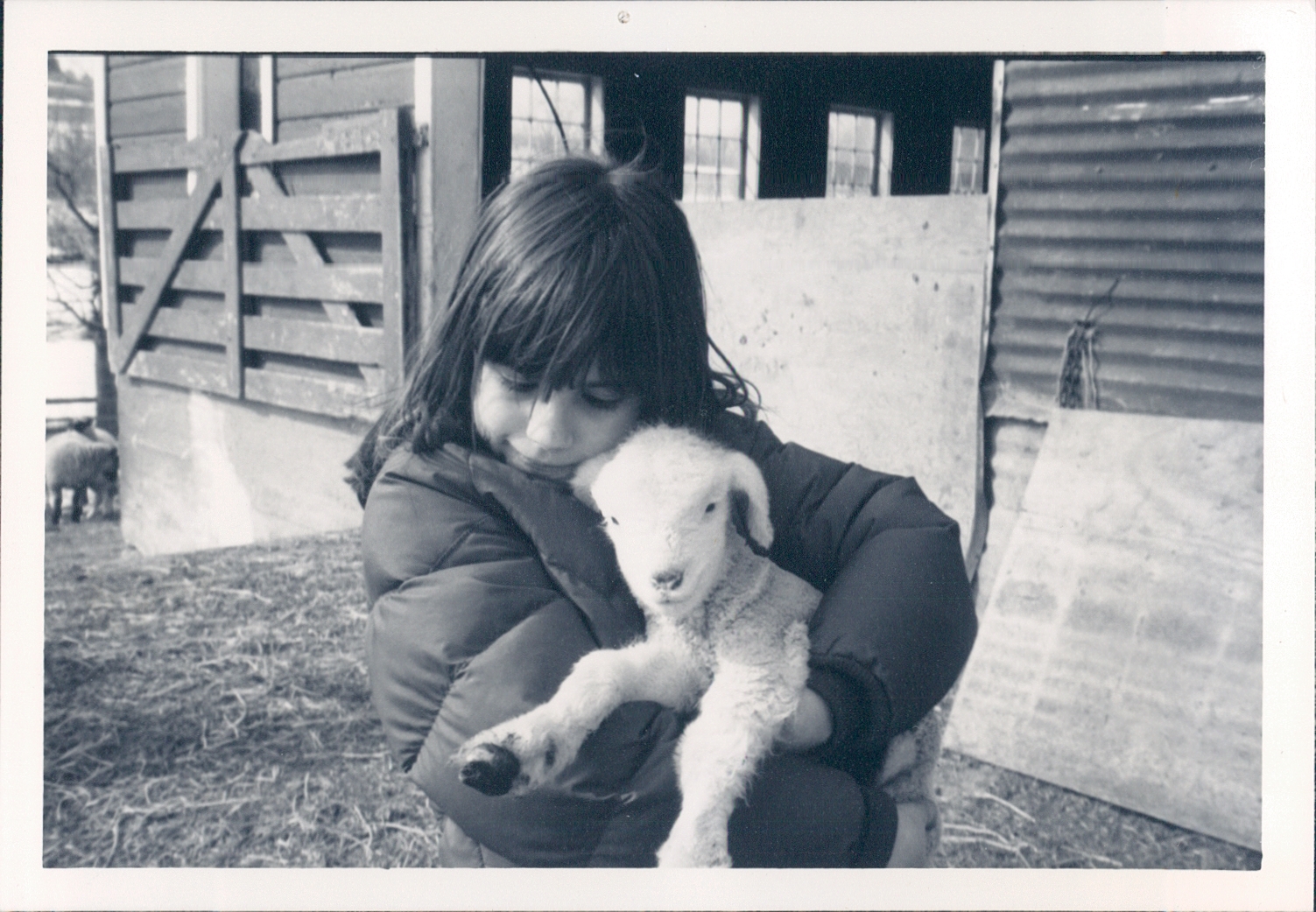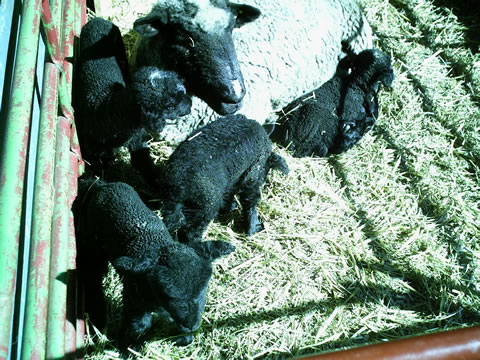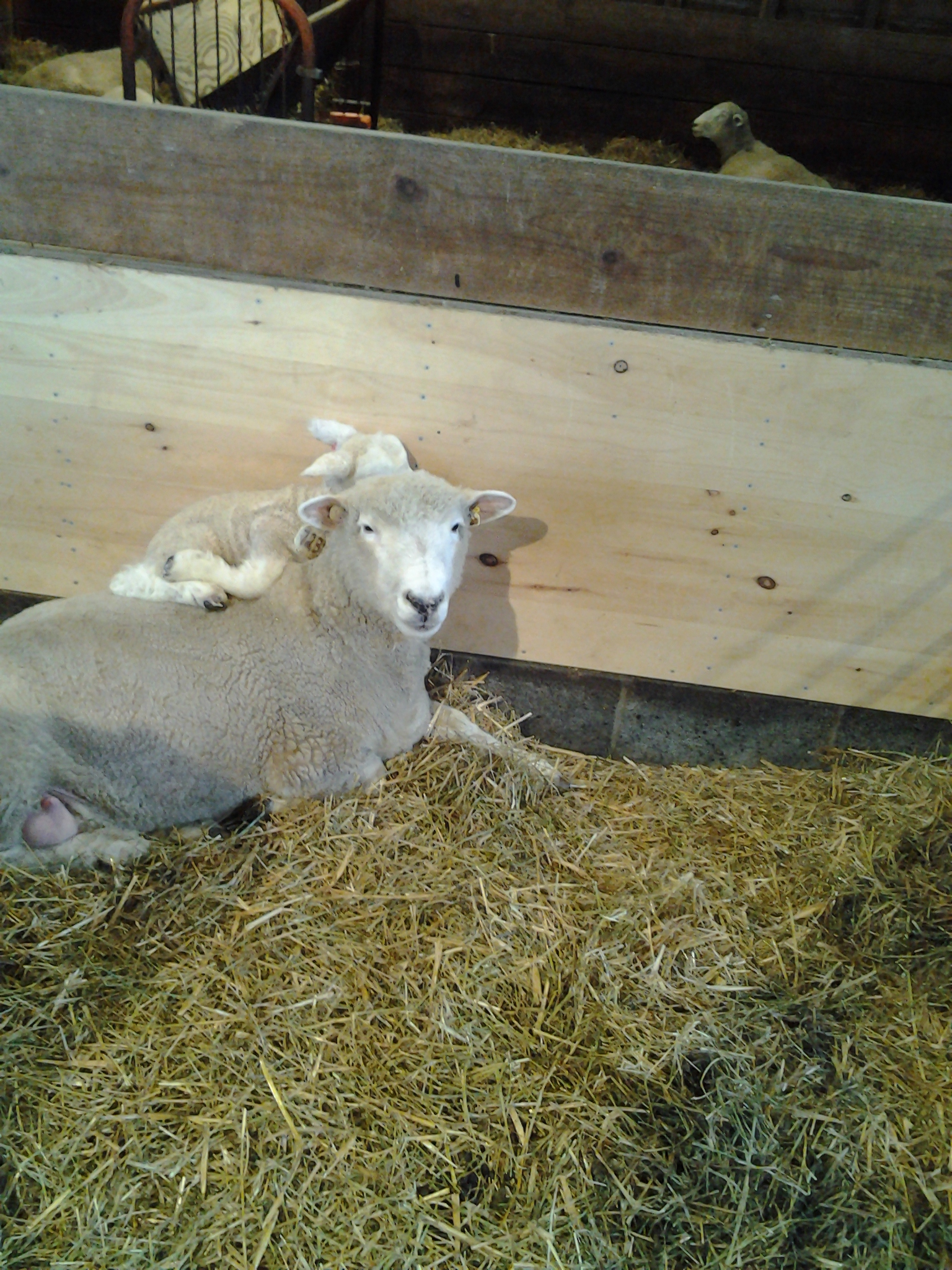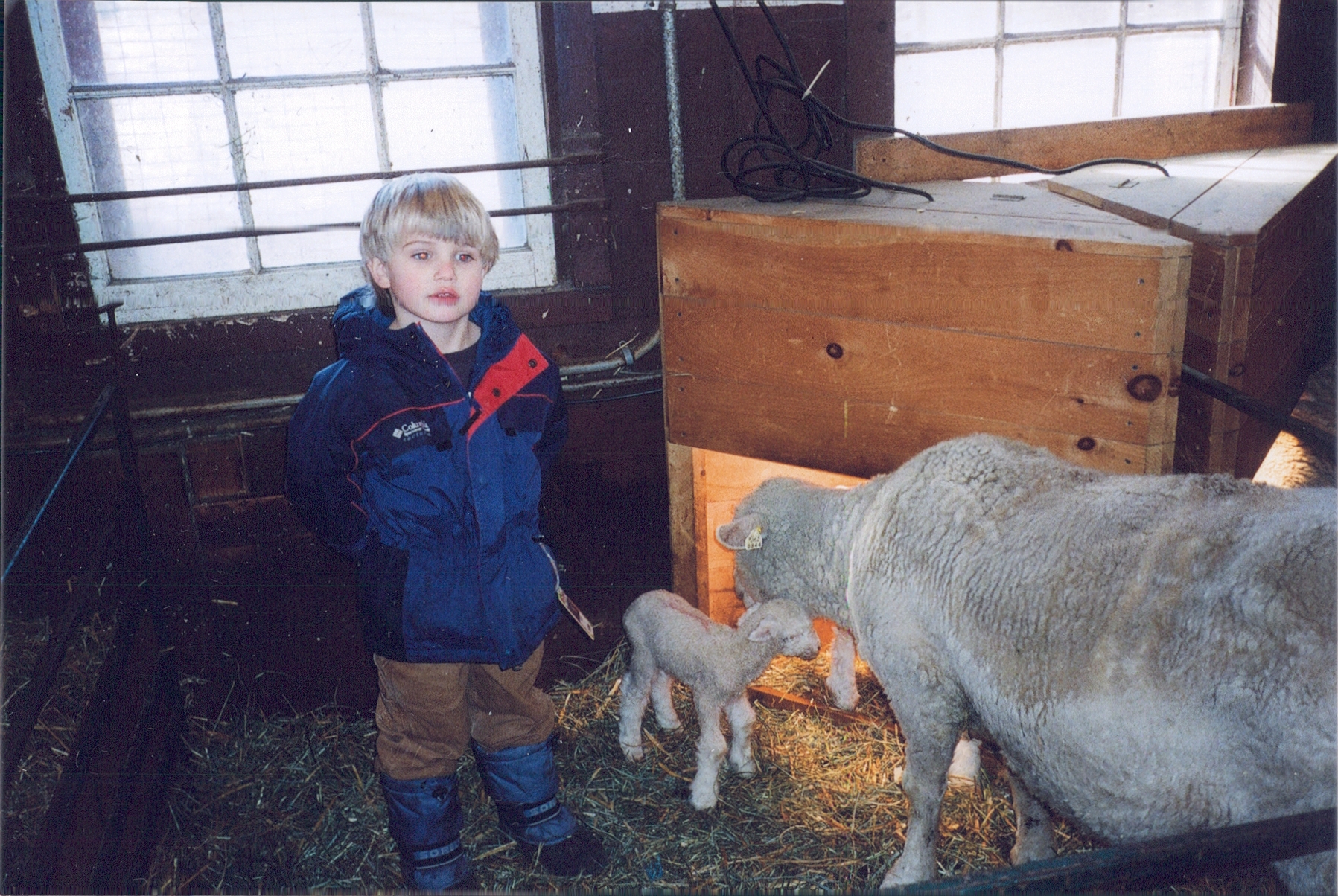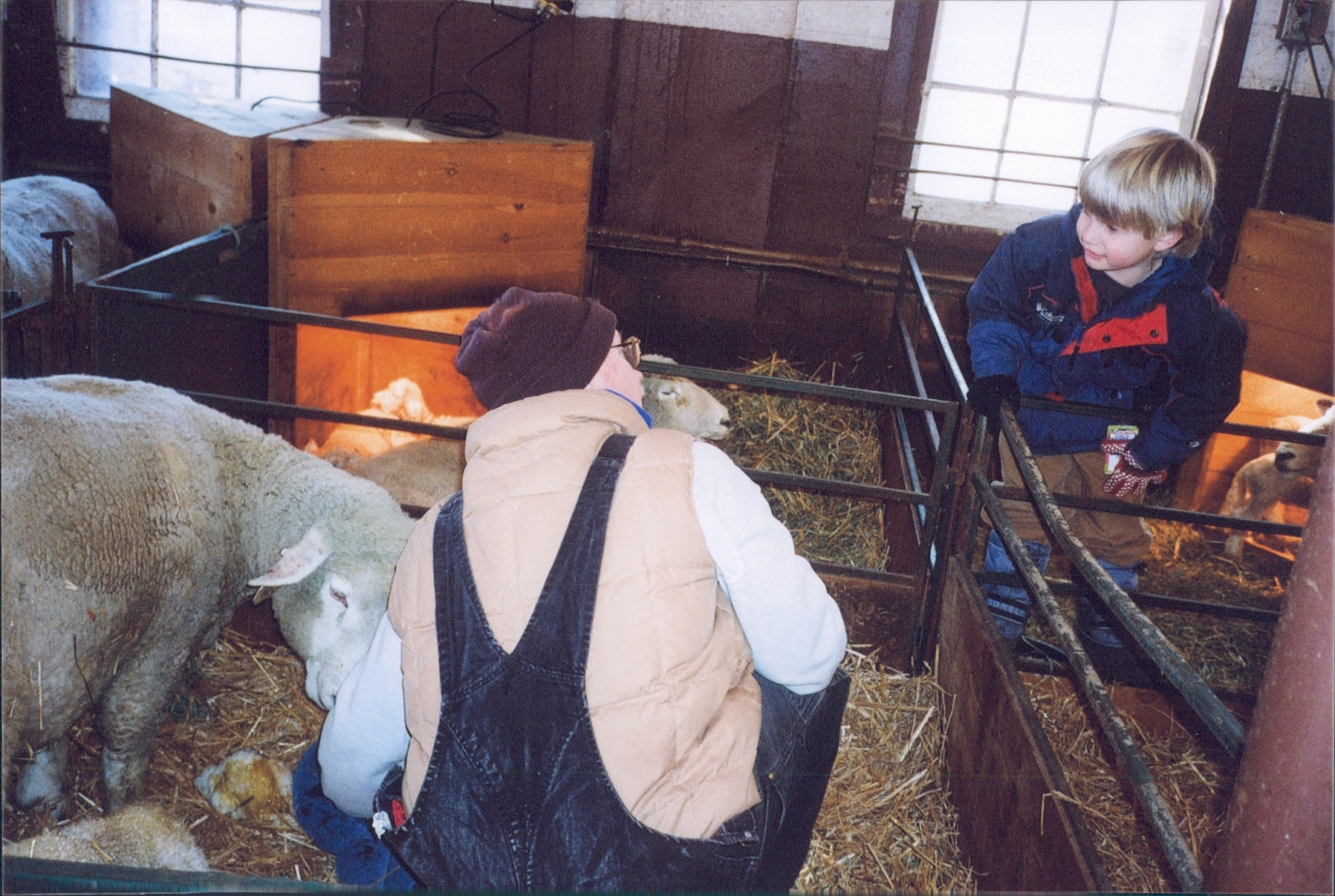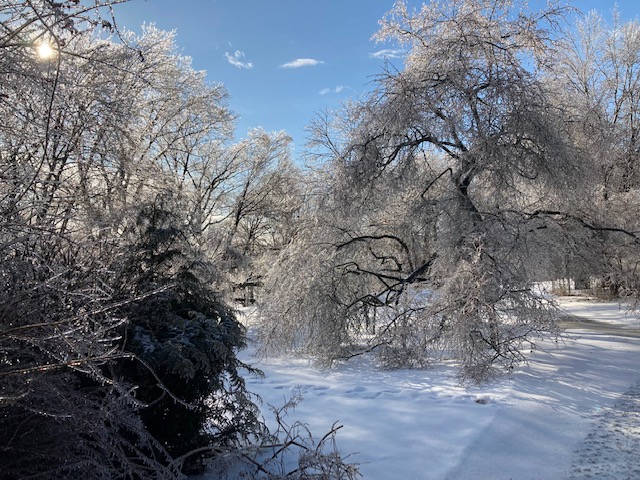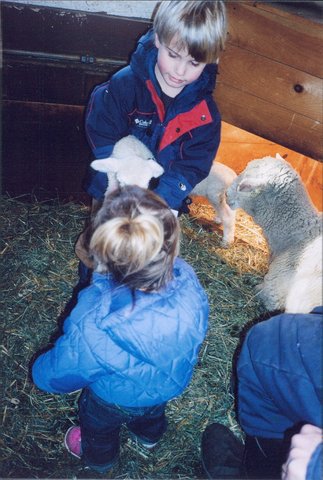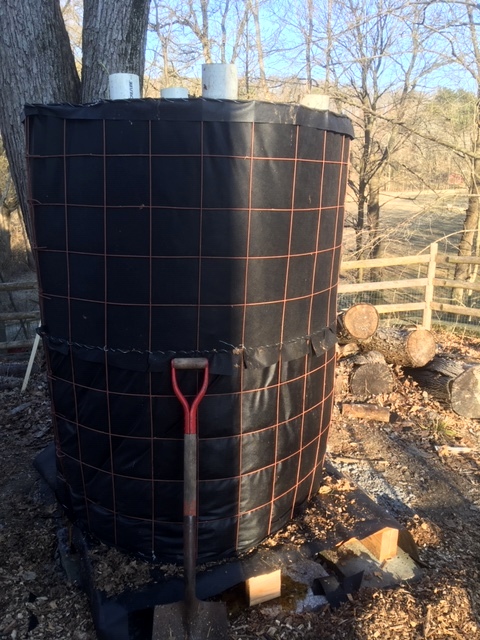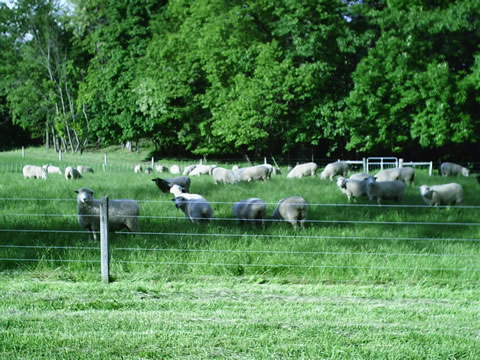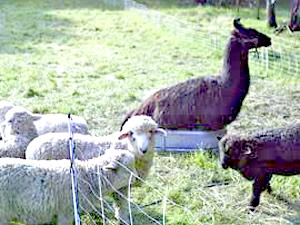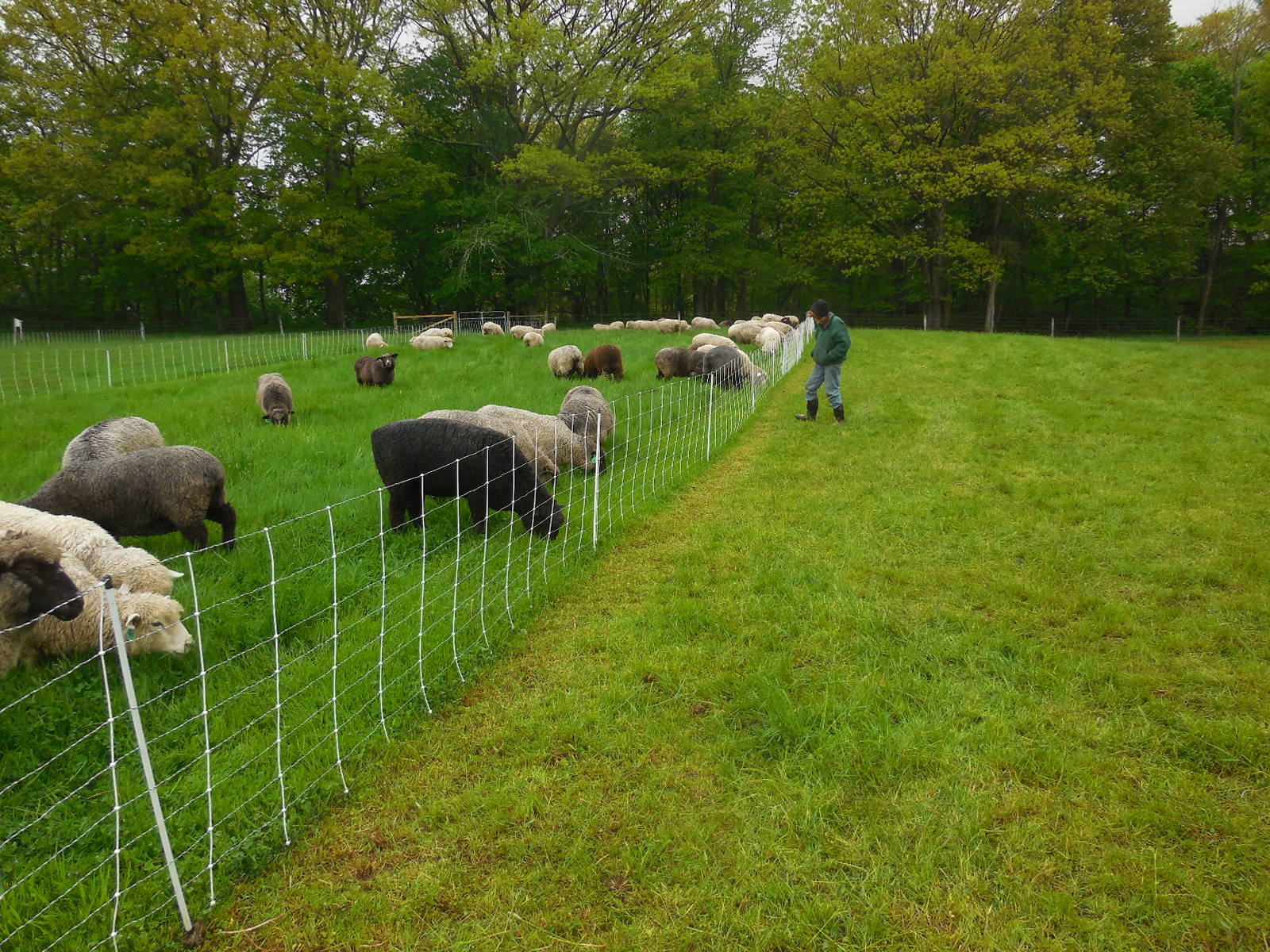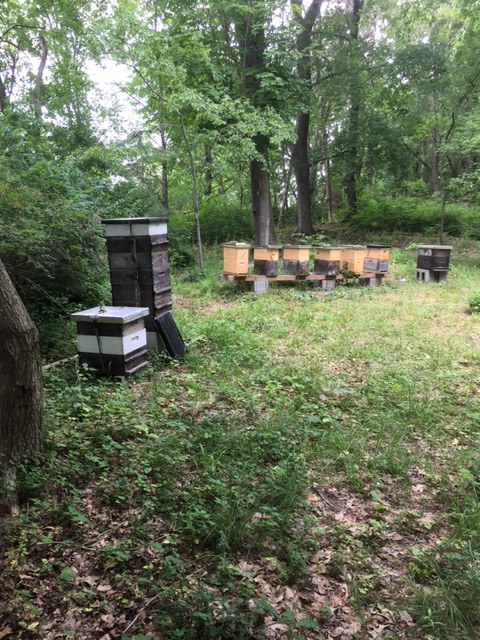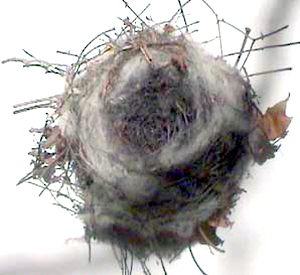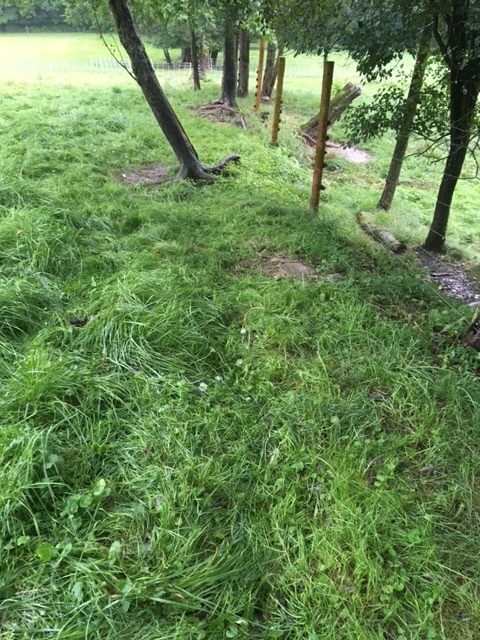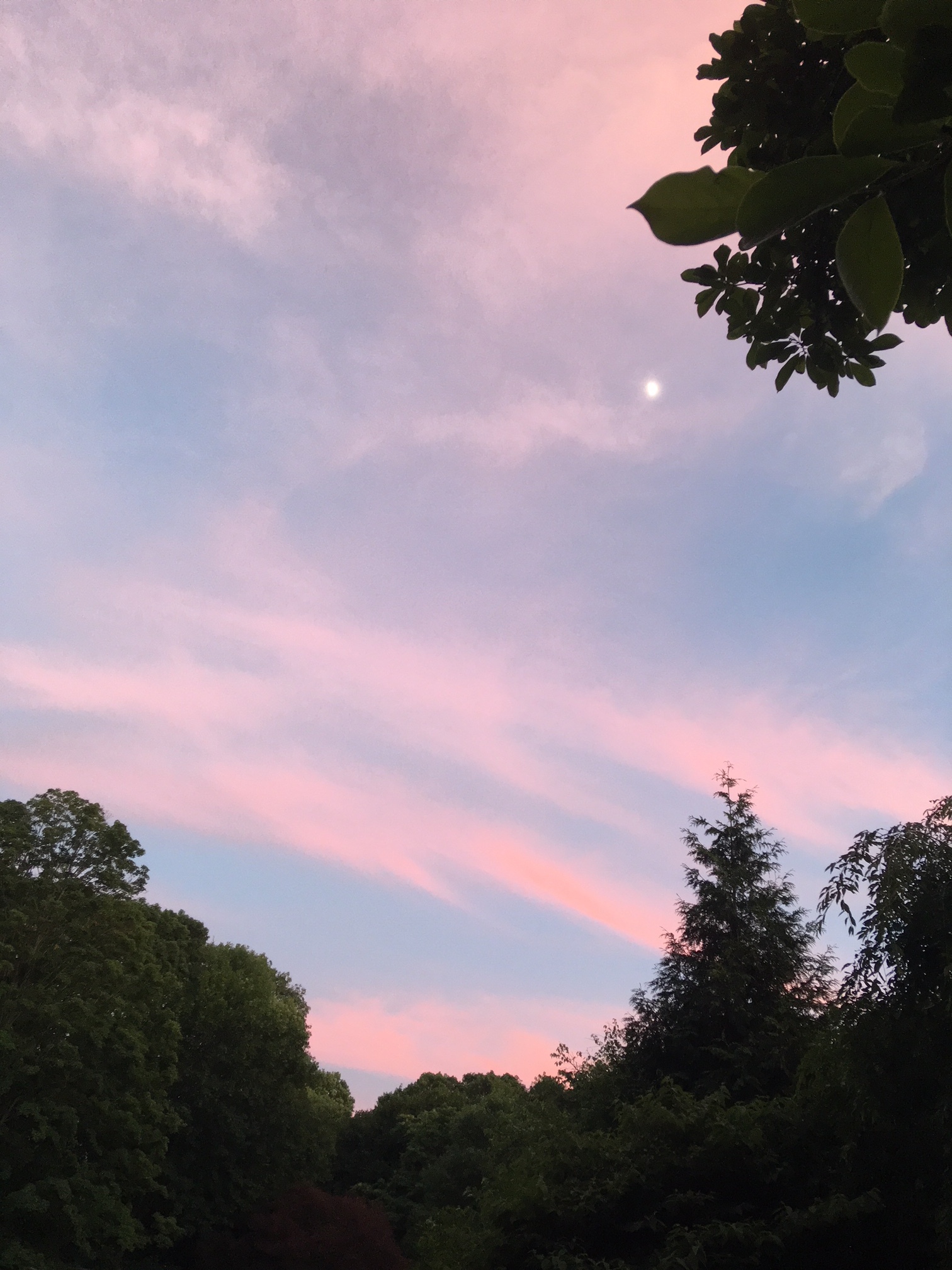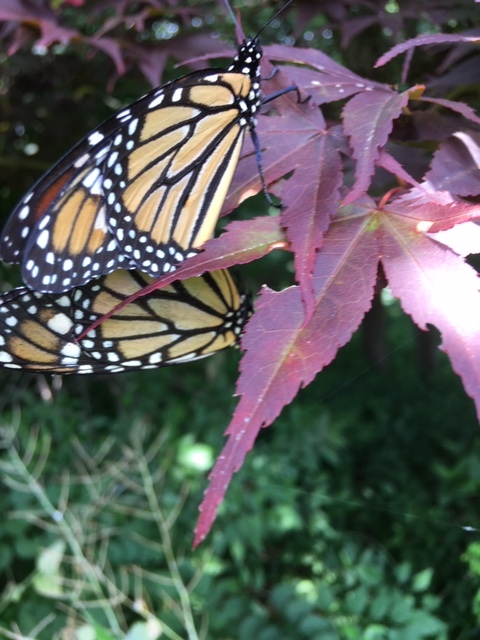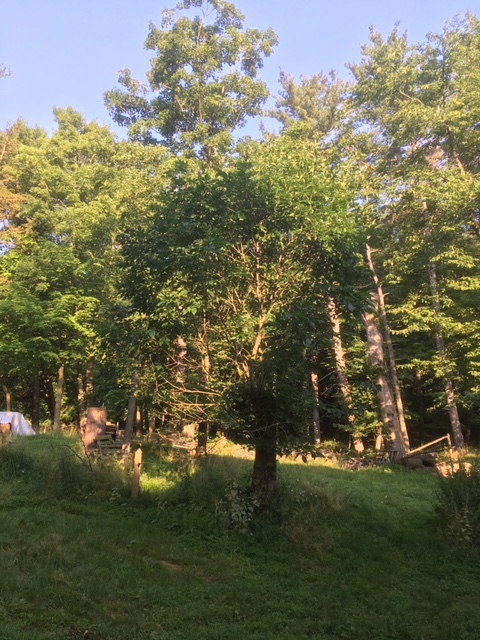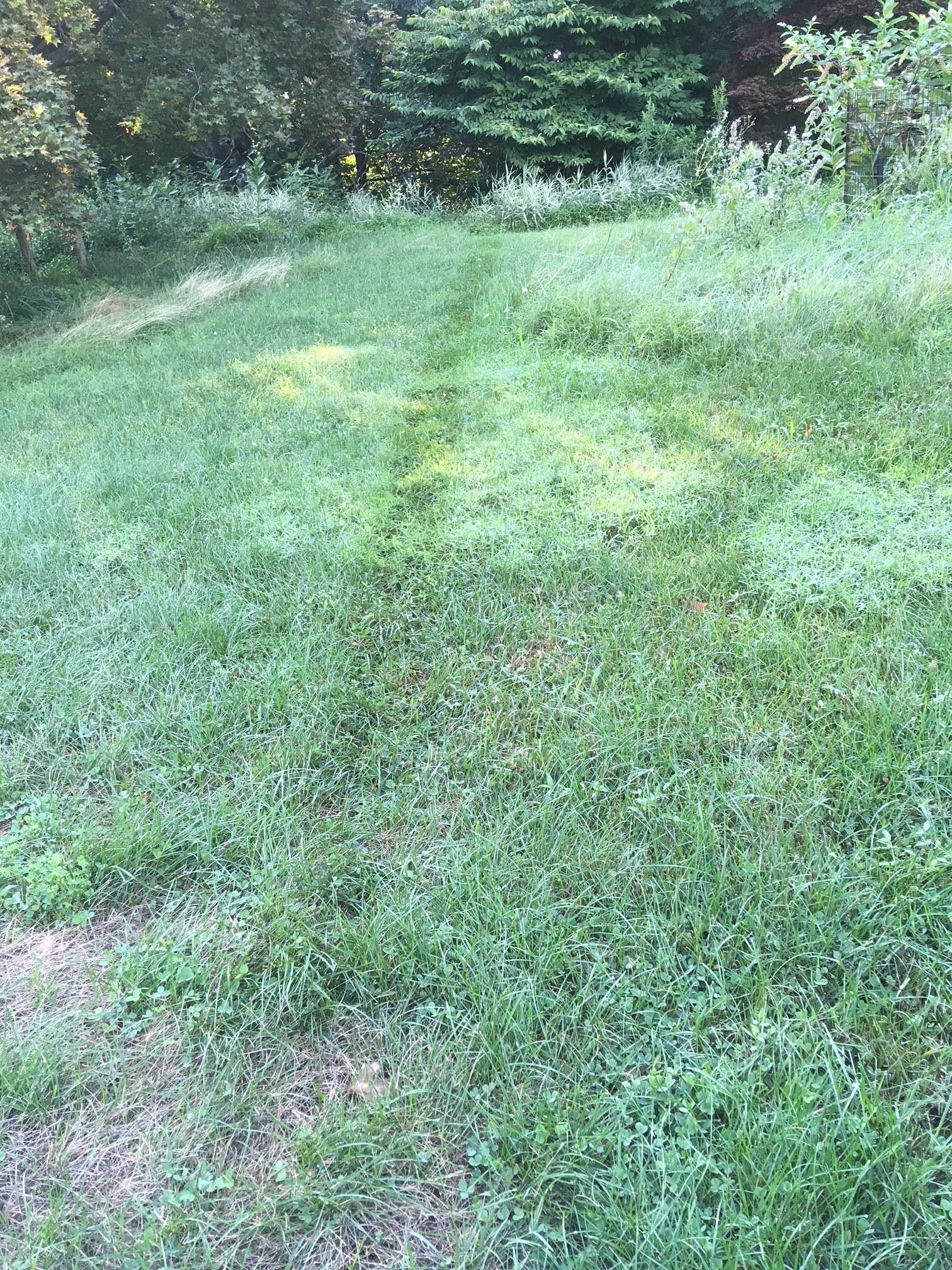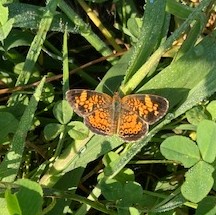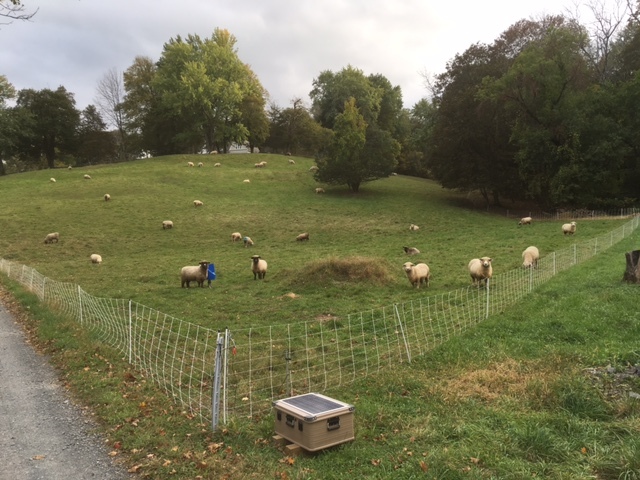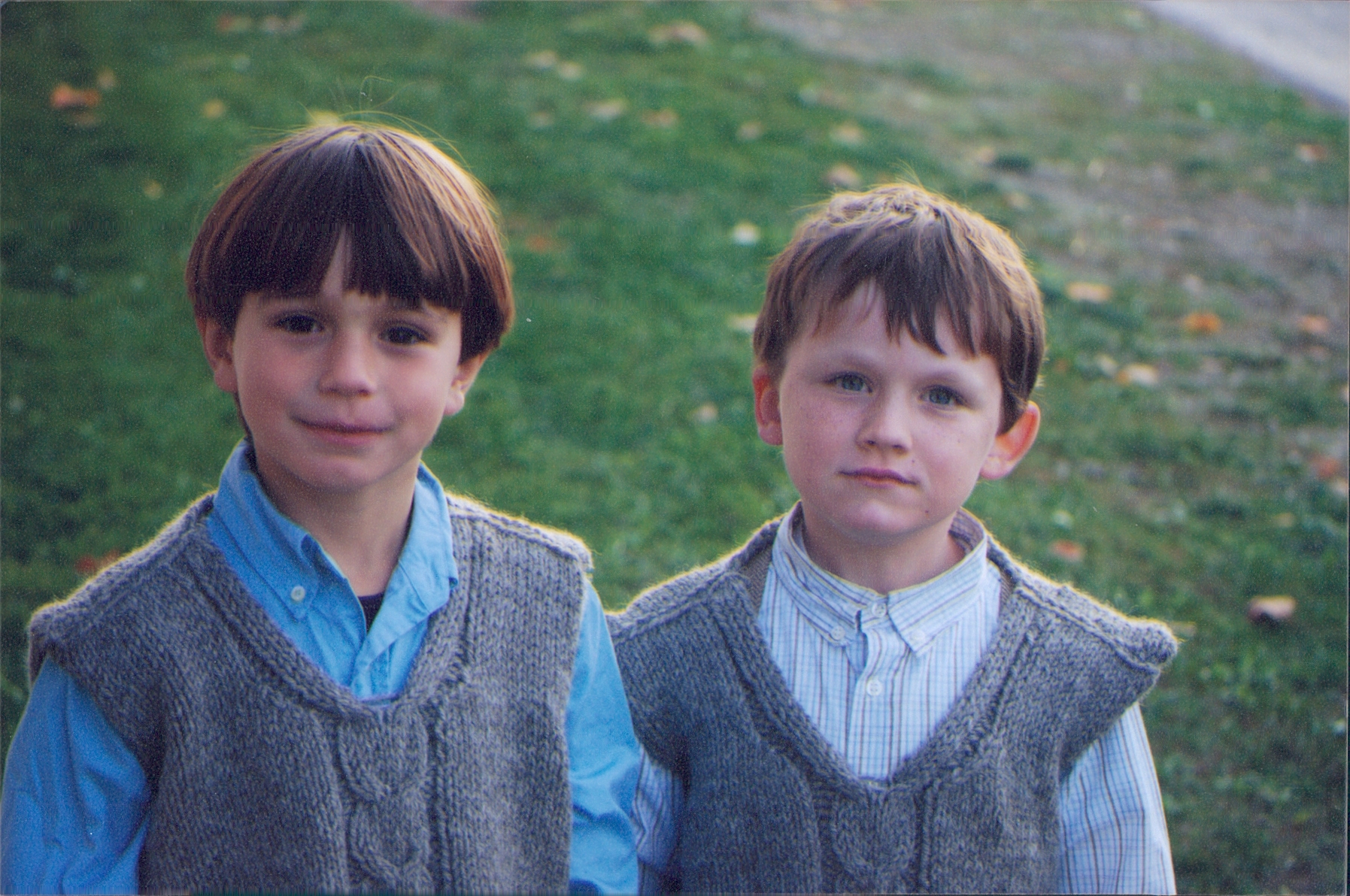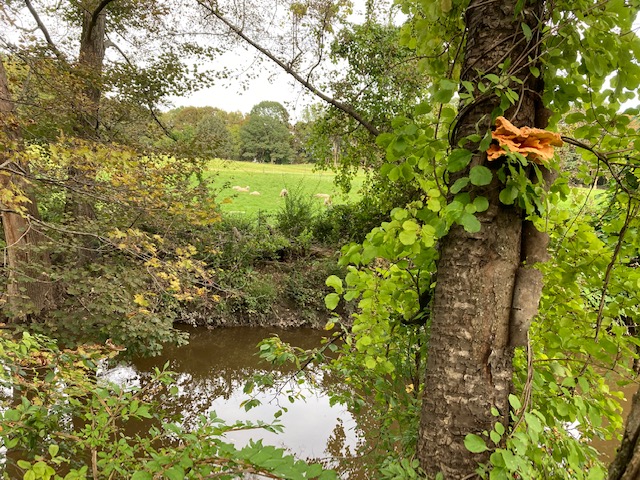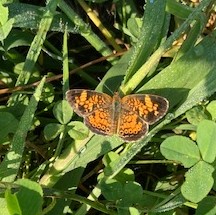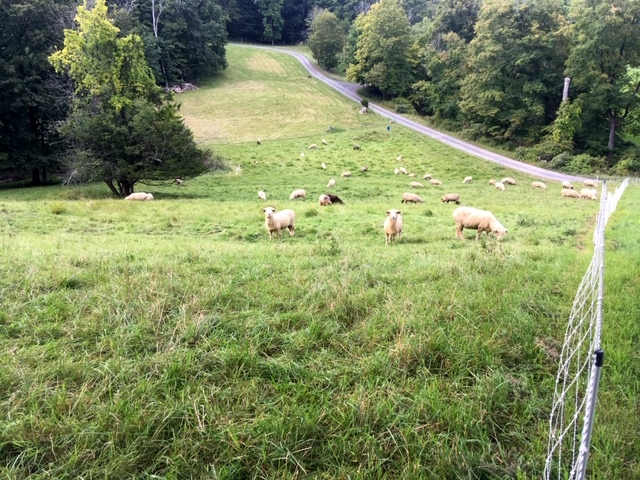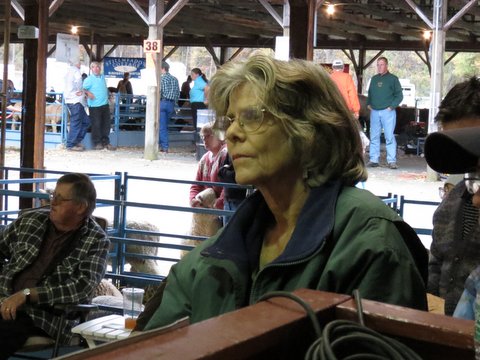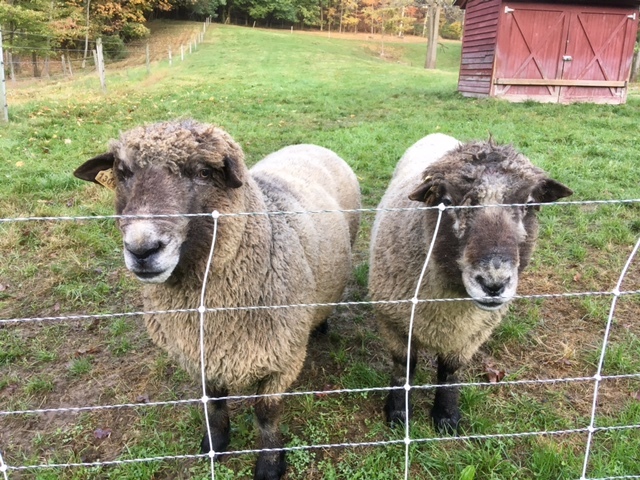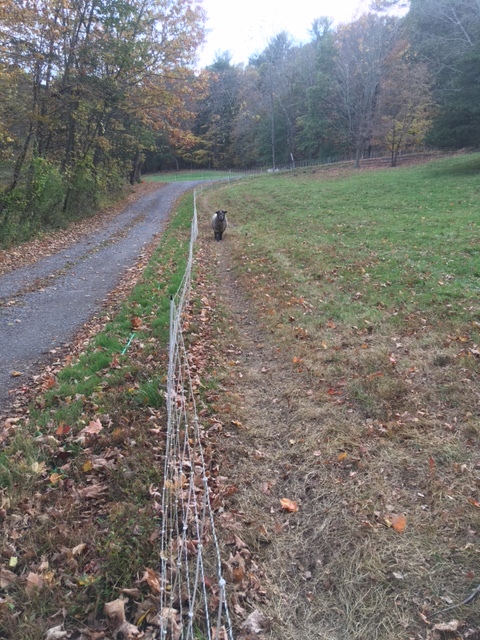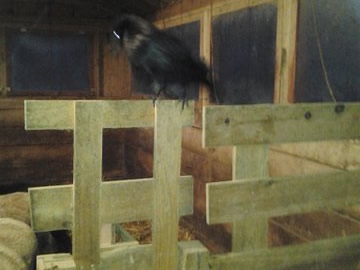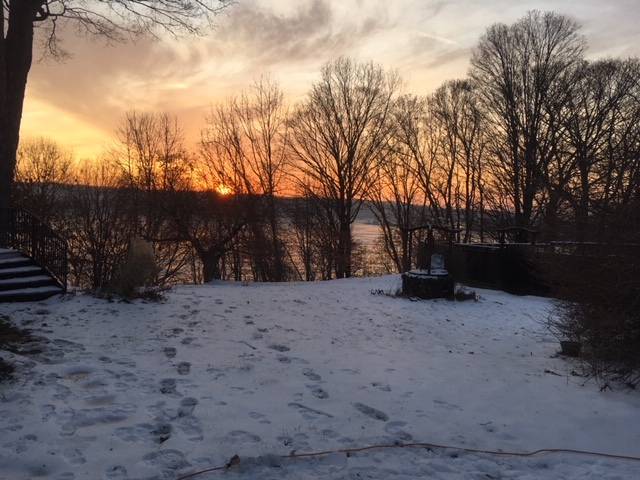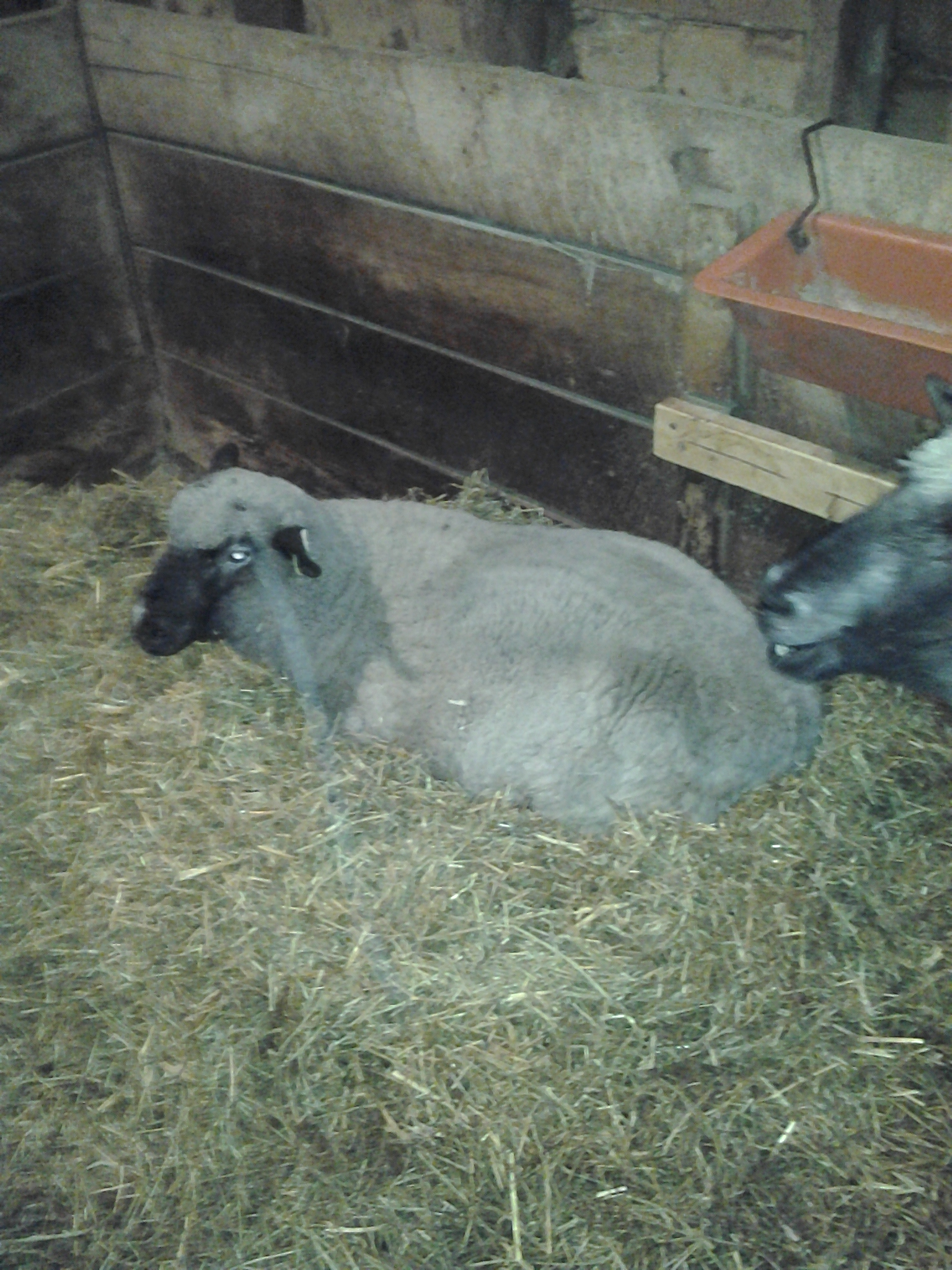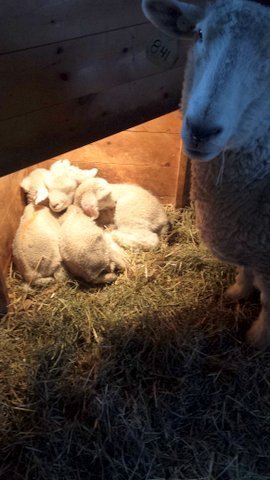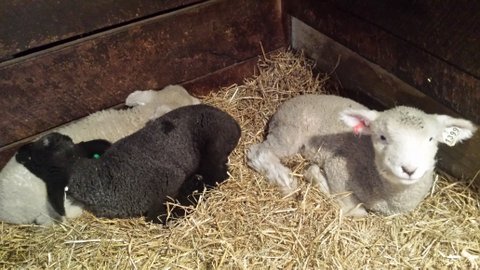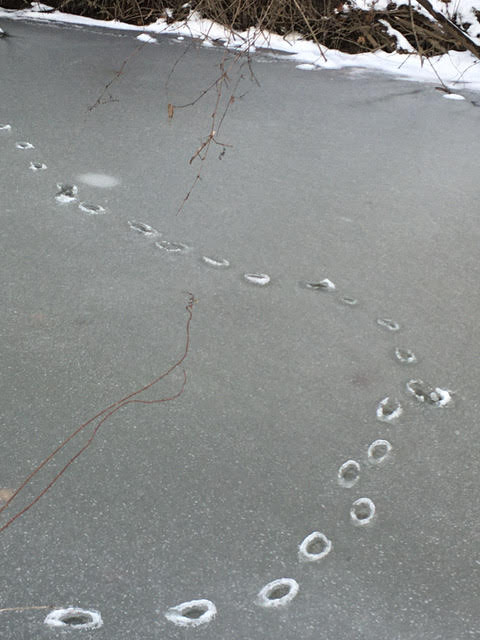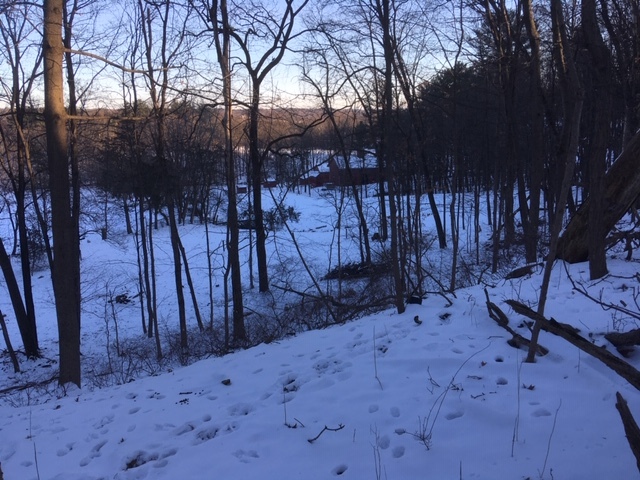Lambing 2014 as of 4/20/14 . First live birth Feb 1. last March 21. More lambs born here (105) than ever before.
57 ewes put to rams last fall. Three sold at NYS Bred Ewe and Ewe Lamb Sale in October, of which two had twins and one triplets.
Of 54 staying here all scanned pregnant in early Dec. To have 100% was a first for us. One ewe had a big udder near due date. She acted sick for several days and we treated for ketosis. Then the udder rapidly regressed and she picked up. We thought she had had fetal deaths without expelling the dead lambs. We credit her with one lamb when looking at flock prolificacy (detected conceptions per ewe).
Lambs were sighted from 53 ewes. The first two lambs sighted were singles born dead. We think these were due to Chlamydia infection, for which Graeme started emergency treatment of all brood ewes. After those first two, there were 103 lambs born here. Two were born dead, both triplets from different dams. Three liveborns died later, one lain upon by a dam with triplets (995) on day two and two who in second month of life developed weak back legs then went downhill to death over a few days despite treatment for white muscle and for polio. ? cause Thus 1.81 lambs weaned per ewe exposed who stayed here to term.
Recognized conceptions (counting 997 as having one) 106 in 54 ewes = 1.96; counting ewes sold as bred, 113 in 57 ewes = 1.98
Table shows distribution of birth types for 53 ewes and survival by birth type for 105 lambs
|
survived |
born dead |
died after birth |
total |
ewes with birth type |
% ewes |
|
|
single |
9 |
2 |
0 |
11 |
11 |
21 |
|
twin |
62 |
0 |
2 |
64 |
32 |
60 |
|
triplet |
27 |
2 |
1 |
30 |
10 |
19 |
|
all |
98 |
4 |
3 |
105 |
53 |
100 |
Birth weights in lambs born here
Birth weights (lbs) range average number lambs
Singles 12, 17.5 15.1 9 (two stillborns not counted)
Twins 7, 18.5 11.9 64
Triplets 8, 13 10.8 30 (includes 2 b. dead)
n/c singles 15 1
n/c twins 12.7 15
n/c triplets 8 1
Sex ratio seems to be quite out of any shepherd’s control but is important to sales, retention etc. This year, of 105 recognized conceptions, 51 were female; 54, male. This fits well with the very slight male preponderance (1.01) we have seen here over the last decade or so.
Color: 21 colored lambs, one of which (first lamb of the year, recessive female) was stillborn. Of 21, ten were male and 11 female. In most years the black lambs come earlier; not so 2014.
Birth types by ewe in 56 ewes not counting the one who lost her lamb(s) in utero. Eleven (19.5%) single thirty-four (61%) twins eleven (19.5%) triplets. This was by far the highest proportion of triplets we’ve ever had. The ratio (1.81) of lambs weaned ( to ewes put to the ram reflects admirably on Graeme Stewart”s skill at all phases of breeding and lambing. It’s the result of our determination beginning some years ago to lift prolificacy in the Anchorage flock. It will not be easy to equal or better 1.81, but it’s satisfying to know it was accomplished.
Regarding pros and cons of increased prolificacy, there is a really useful workbook developed at Univ Illinois Urbana Champaign
